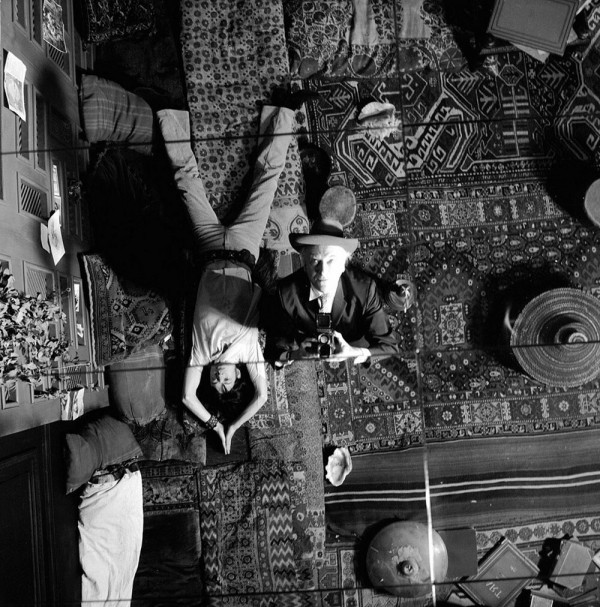I am a camera

Julian Stallabrass on selfies.
It would be easy to slip into seeing the instantly shared photographic self-portrait, along with snaps of things bought and consumed, as a register of a complete surrender to commercial image culture: the preening necessary to emulate commodified beauty ideals, the apeing of celebrities, the internalising of values of professional self-presentation, the erasure of experience and memory through an obsession with moment-to-moment recording, and the distribution of the results on websites that mine images and metadata for commercial value. Yet the daily practice of photography gives people detailed knowledge about the way standard images of beauty and fame are produced; they learn considerable sophistication in the making of images and scepticism about their effects. The artifice of commercial imagery is understood through practical emulation. Most selfies are pastiche and many tip into parody. With this increase in awareness potentially comes a shift in power: from the paparazzi to their prey; and from the uncles, corporate and otherwise, to their nieces and nephews. Despite appearances, the digital image is much more complex than a snapshot: it is an amalgam of processed visual data, descriptive tags and the particular social network into which it is launched.
See also, Art at Arm’s Length.
